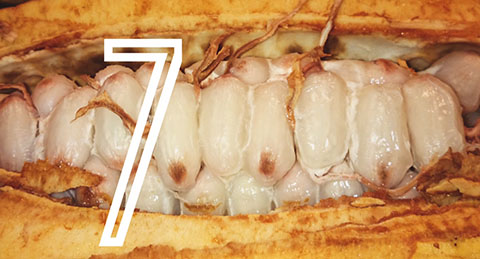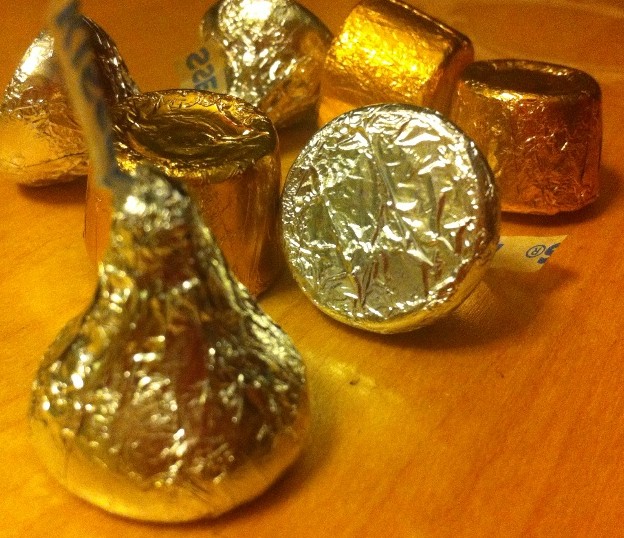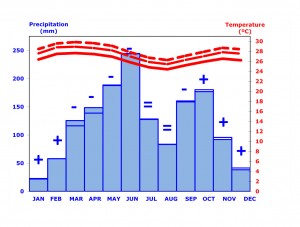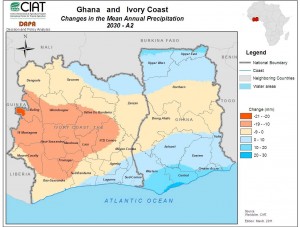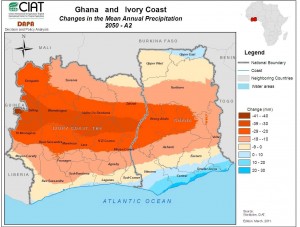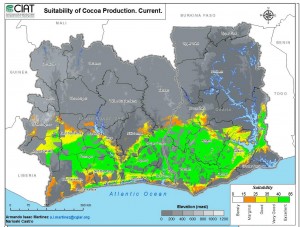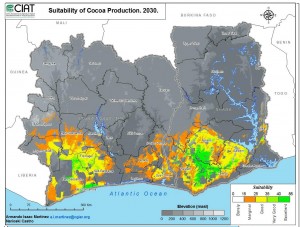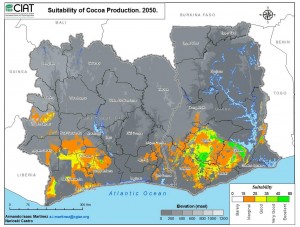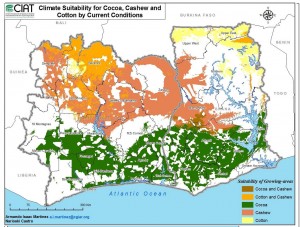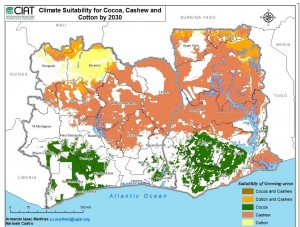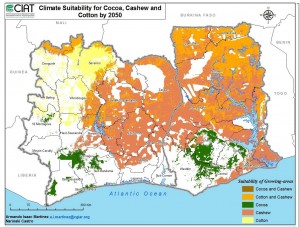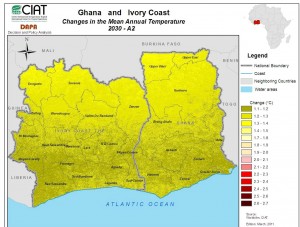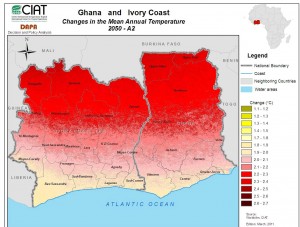Some hershey kisses and rolos. A reminder of Caroline’s halloween stash.
As our group learned at the NW chocolate festival, Cacao is a growing demand in the world today. Most artisanal chocolate makers who wish to make excellent chocolate source their cacao beans from South America, where cacao is native. But the reality is most of the chocolate we see on the store shelves today probably came from Africa. According to the International Center for Research in Agroforestry (ICRA), the Ivory Coast and surrounding West African countries supplied 65% of the world’s cacao supply in 1996.
However, most chocolate consumers may not know what goes into making a bar of chocolate, like where it came from, who supplied its beans, or whether it’s necessarily the “best” chocolate. But the “best” is not so easily defined.
Today, many farmers in West Africa rely on cacao as a cash commodity and have been working to rebuild their agriculture. When the world prices of cacao dropped in the 1980’s, more workers turned to food production. This resulted in drastic deforestation of the region.
Today, cacao has still been the country’s main source of revenue currently at about 60%. With this gaining knowledge momentum, customers want to support fair trade practices and support cacao that is harvested ethically.
One example of fair share to look at is Ecookim: a union who’s primary cooperative members work to provide better wage and living conditions for their cacao farmers. Located along several regions in the Ivory Coast, Ecookim attracts people from neighboring countries seeking employment opportunities. Ecookim provides technical assistance as well as cacao quality analysis training and high quality agricultural training for it’s members, among other benefits.
As many learn more about the chocolate business, they thinking twice about picking up just “any” chocolate bar.
